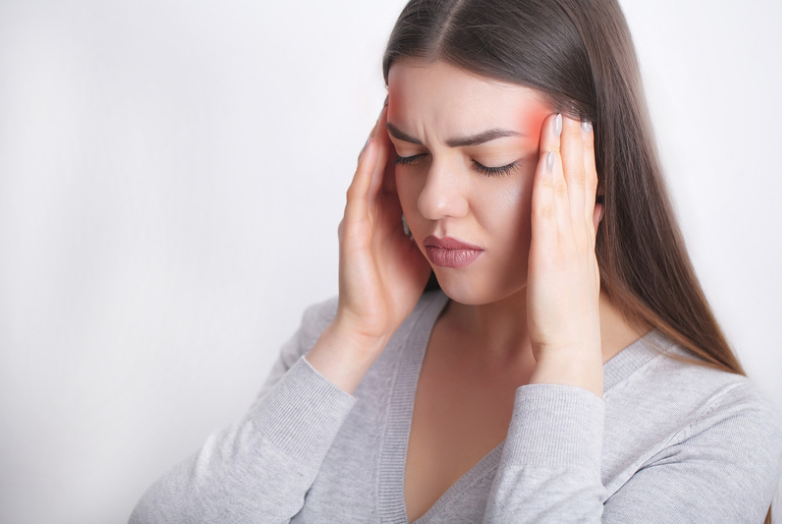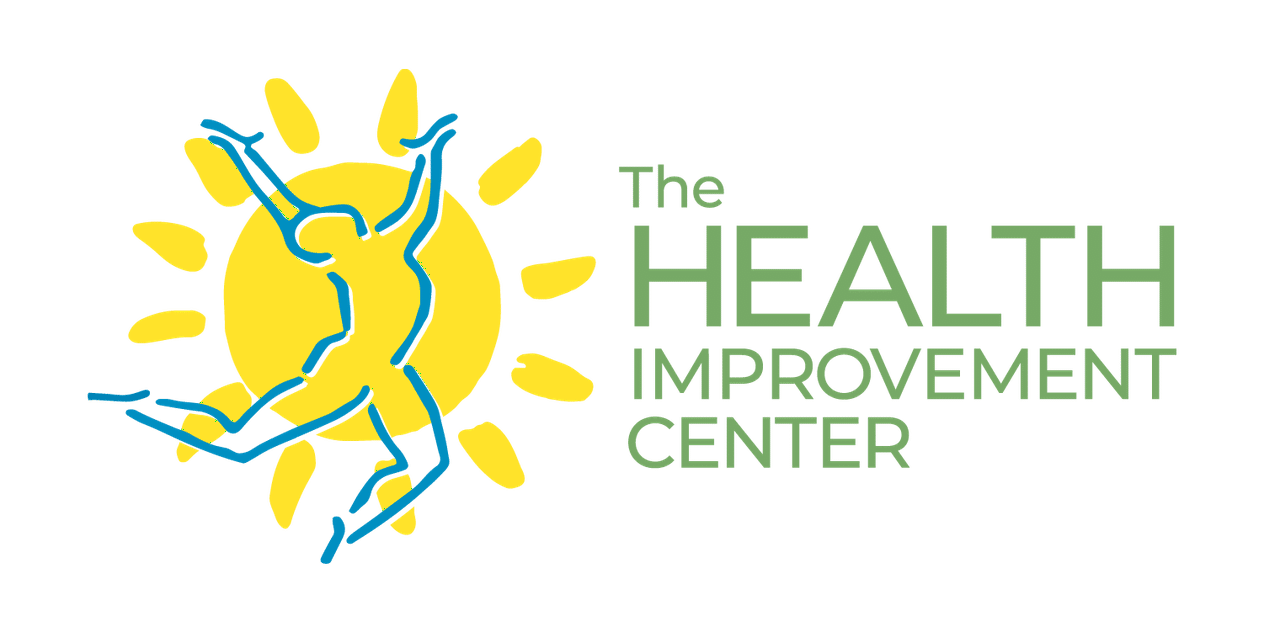
More than 38 million people in the US alone suffer from migraine disease.
If you’re one of the unlucky souls who have experienced or frequently experience migraines, you know that they can be debilitating for hours.
We’ve got good news and bad news for you:
The bad news is that doctors are still studying migraines and what causes them. While medicine has a basic understanding of migraines, there’s still a lot that we don’t know. That being said, finding relief for migraines is often a trial and error process.
The good news is that frequent sufferers of migraines have come together and shared their home remedies for what works for them. Even though we may not always understand why or how these remedies work, we do know that they often help most people.
Keep reading to learn the top home remedies for migraines that have worked for centuries.
RELIEF FOR MIGRAINES DURING AN ATTACK
First, let’s talk about how you can stop a migraine in its tracks. Try these methods as soon as the first signs of a migraine come on:
REDUCE POTENTIAL IRRITANTS
When we get migraines, what used to be normal stimulus can become head pounding irritants. You may become highly sensitive to light, noise, or movement.
If you notice that you’re feeling especially sensitive to these stimuli all of a sudden, immediately retreat to a cool, dark, and quiet environment.
Find a comfortable place to sit down or lie down and close your eyes.
TRY DRINKING A SMALL AMOUNT OF CAFFEINE
Caffeine has been used to aid in migraine relief for many centuries.
When taken alongside over-the-counter pain relievers, caffeine can increase their effectiveness.
Be careful not to overdo it with the caffeine, though, because too much caffeine can lead to withdrawal headaches (which can be an unbearable cycle.)
MASSAGE THE MUSCLES AROUND YOUR NECK
Tension headaches happen pretty regularly and are one of the most common types of migraines.
You have several tiny muscles at the base of your skull, and a few larger ones connected to your shoulders, adding up to a whopping 26 muscles in your neck. Stress, slouching, and poor sleeping habits can contribute to the inflammation of these muscles.
Try to massage the muscles to help them relax.
APPLY AN ICE PACK
Ice can be particularly helpful to migraines for a couple of reasons.
First, if you’re suffering from a tension headache, ice can help reduce inflammation and swelling of the muscles. Second, cold temperatures will make blood vessels shrink, which can help to relieve pain.
TRY A HEATING PAD AROUND YOUR NECK
If ice isn’t working or feels too uncomfortable, trying wrapping a heating pad around your neck.
Heat works on tense muscles and allows them to “let go”. Applying heat to sore muscles also increases blood flow, which brings more oxygen to your damaged muscle and encourages faster healing.
PREVENTATIVE TOOLS
If you are a frequent sufferer of migraines, you know that it’s not enough to just stop a migraine attack, you want to prevent them entirely. Take a look at some of the methods people find helpful preventing frequent migraines:
EXERCISE DAILY
While you probably don’t want to start a rigorous exercise program in the middle of a migraine attack, exercising daily can help you prevent migraines from ever coming on.
You don’t have to go to the gym every day and beat yourself up, you just need to get your body moving and your blood pumping. Exercising releases powerful pain-blocking endorphins in your body.
Ask your doctor what types of exercises are best for you, start slowly, exercise often.
TRY YOGA AND MEDITATION
Stress is a top contributor to migraines. Unfortunately, stress often overtakes even the smallest tasks in our daily lives. Between work, family, and maintaining any sort of social life, stress finds a way to squeeze the life out of you.
There are several things you can do to manage stress, including practicing yoga and daily meditation. Yoga and meditation allow you to connect with your body and block out daily stressors.
KEEP A MIGRAINE JOURNAL
It may be helpful to keep a migraine journal so you’re able to keep track of when attacks come on and potentially figure out what’s causing them.
Keep track of information such as what you were doing when the attack happened, what you’ve eaten that day, how much sleep you had (and the quality), and what type of stimuli you were exposed to. Make sure to note what time the migraine started and how long it lasted.
Sometimes migraines are brought on as a side effect of an underlying problem. Hormones, for example, can contribute to migraines. You might never know your hormones are out of whack until you track your migraines and talk to your doctor.
KNOW WHEN TO TALK TO YOUR DOCTOR
It’s easy to shrug off migraine as a simple headache, but when one headache becomes several, you may be developing a migraine disorder.
Even though doctors don’t know everything there is to know about migraines, there is still a lot that they do know. Frequent migraines are often signs that something else is wrong, and it’s important to have a conversation with Dr. Katie as soon as possible so you can rule out any potential dangers.
Restoring Your Health Naturally,
Dr. Katie Thompson, DC, MSTN
Phone
Address
10006 Carrington Pl, Manassas, VA 20109
Hours
Monday 9am to 1pm
Wednesday 9am to 2pm and 4pm to 7pm
Friday 9am to 2pm and 4pm to 7pm
Saturday 9am to 1pm
Disclaimer – Privacy Policy – Terms and Conditions|©Copyright 2023. All Rights Reserved.
